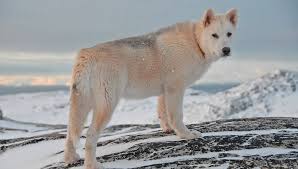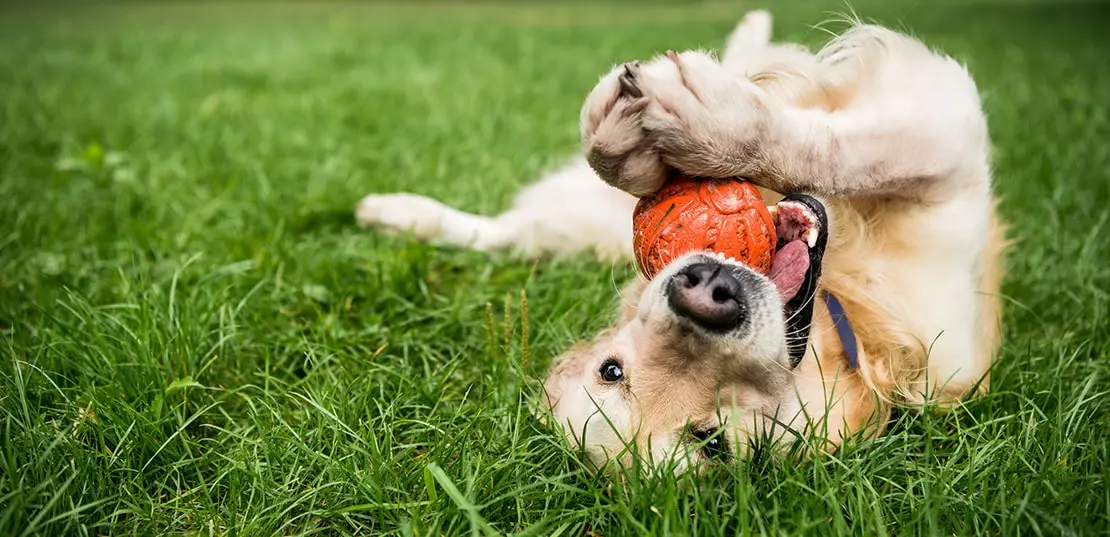
Greenland Dog
Conditions of detention
Greenland Dogs are best suited to cold climates and rural or suburban environments with ample space to roam and exercise. They thrive in outdoor settings and are not well-suited for apartment living.
Useful Fact: These dogs need a large, secure yard where they can run and explore, as well as protection from heat in warmer climates.
Nutrition and diet
A high-quality, balanced diet appropriate for their age, size, and activity level is essential. Greenland Dogs have high energy needs, especially when working or exercising extensively.
Useful Fact: They may require a higher fat and protein diet to support their energy levels, particularly in colder climates where they burn more calories to stay warm.
Health
Greenland Dogs are generally healthy but can be prone to conditions such as hip dysplasia and eye issues. They are known for their robust health and ability to thrive in harsh conditions.
Useful Fact: Regular veterinary check-ups and maintaining a healthy weight through proper diet and exercise are crucial for preventing health issues.
Grooming and care
The Greenland Dog has a thick double coat that protects them from extreme cold. Their coat requires regular grooming, especially during shedding seasons, to prevent matting and remove loose hair.
Useful Fact: Regular brushing, particularly during seasonal shedding, helps maintain their coat and reduces the amount of loose hair around the home
Education and training
Greenland Dogs are intelligent and independent, requiring consistent, firm training. Positive reinforcement techniques work best, but they can be stubborn due to their independent nature.
Useful Fact: Early socialization and training are essential to manage their independent streak and ensure they are well-behaved around people and other animals.
Toys and entertainment
Durable toys, such as heavy-duty chew toys and interactive toys, are suitable for Greenland Dogs. They enjoy activities that engage their natural instincts, such as pulling and running.
Useful Fact: Activities that mimic their traditional roles, like sled pulling or carting, can provide excellent physical and mental stimulation.
Safety
A secure yard with a sturdy fence is important to keep Greenland Dogs safe, as they have a strong instinct to roam and explore.
Useful Fact: Due to their strength and endurance, it’s important to use a strong, reliable leash and harness for walks and outdoor activities.
Accessories
Durable collars, leashes, and harnesses are necessary for handling their size and strength. Comfortable bedding and appropriate outdoor shelters are also beneficial.
Useful Fact: Reflective gear can enhance visibility and safety during nighttime walks or in low-light conditions.
Socialization
Early socialization with other dogs, animals, and people is crucial for Greenland Dogs to develop a balanced temperament. They are naturally social and work well in packs.
Useful Fact: Regular social interactions can help mitigate excessive protectiveness and promote a well-adjusted demeanor.
Travel and Transportation
Greenland Dogs generally adapt well to travel, especially if they are used to car rides from a young age.
Useful Fact: Secure travel crates or dog seat belts are recommended for safe and comfortable transportation.
Behavior and psychology
Known for their loyal and protective nature, Greenland Dogs form strong bonds with their families. They are independent thinkers and require mental and physical stimulation to stay happy.
Useful Fact: Regular exercise, mental challenges, and a clear role within the family structure contribute to their overall well-being and prevent behavioral issues.
Legal aspects
Owning a Greenland Dog may be subject to local pet laws and regulations, including licensing and leash laws.
Useful Fact: Being aware of and adhering to local regulations ensures responsible pet ownership and avoids legal issues.


